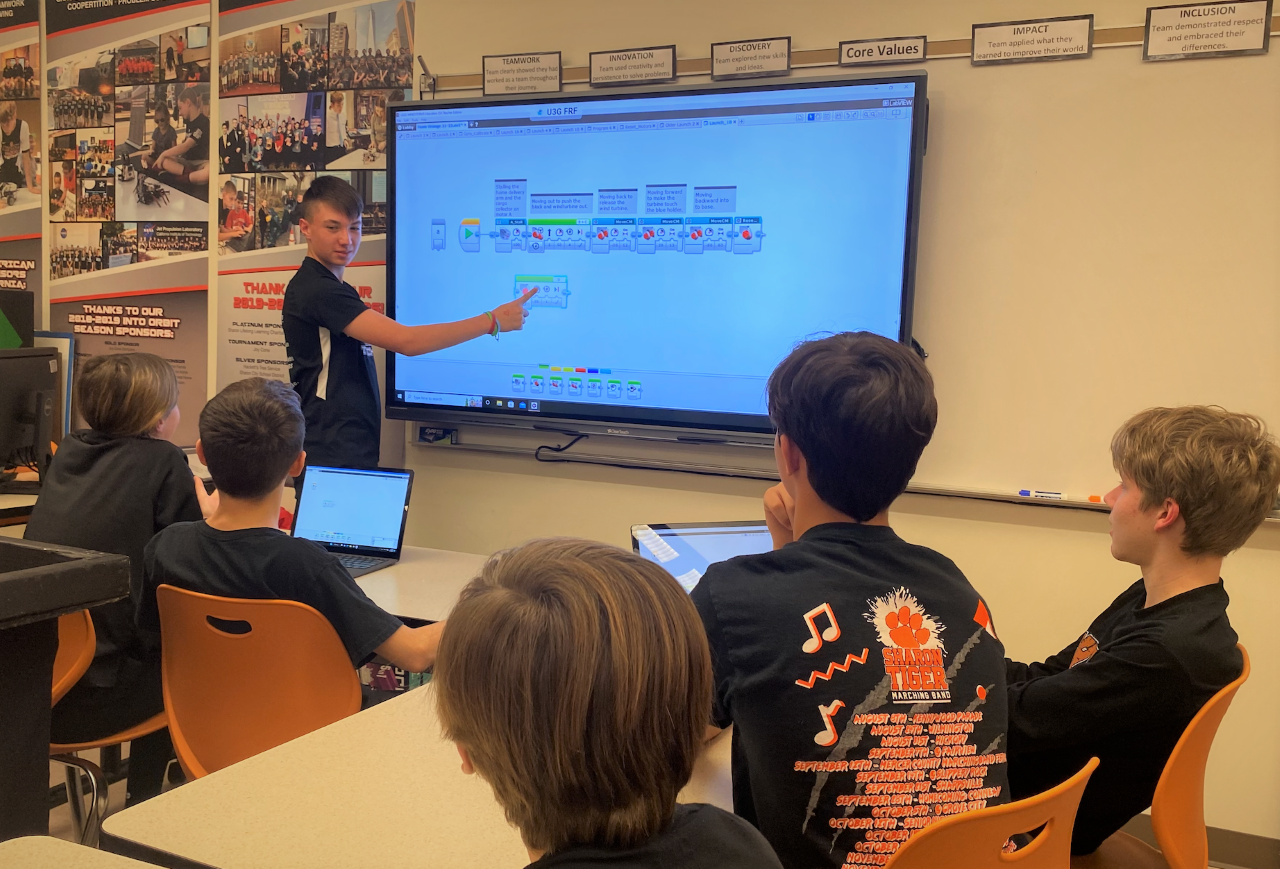
Table of Contents
Elizabeth Robinson and Esin Serin contemplate how far we needs to be counting on technological fixes within the mission to succeed in internet zero.

| This text is a part of a collection by LSE’s Grantham Analysis Institute on Local weather Change & the Surroundings (go to web site). |
|---|
It’s already clear that important progress on mitigating local weather change will be achieved by means of a transfer to zero-carbon vitality, decreasing deforestation and adjusting how we develop meals and what we eat. Renewable vitality is more and more changing into cheaper to provide than fossil fuels – one current Oxford College examine means that changing fossil fuels with clear vitality might carry world financial savings of as much as $12 trillion by 2050. And the Worldwide Power Company has discovered that there’s now extra employment in ‘clear vitality’ – together with renewables, electrical autos, vitality effectivity and nuclear energy – than within the fossil gas business, so the financial argument alone ought to present ample incentive for fast decarbonisation of the vitality system.
We additionally know {that a} transition away from fossil fuels would carry important advantages for well being and wellbeing by means of decreased air air pollution and shifts in direction of extra energetic life and balanced diets. And a dedication to internet zero may scale back social inequality, notably in already extremely unequal societies, if investments are made in, for instance, reasonably priced and dependable low-carbon public transport, city inexperienced areas, and houses with extra environment friendly cooling and warming.
But the actual fact is, world emissions are nonetheless rising, and nations are seemingly immune to implementing the required pricing and regulatory insurance policies to hurry up the vitality transition that’s so central to reaching internet zero. Partially, that is due to vested pursuits, partially as a result of not sufficient consideration is being paid to a simply transition, for instance with respect to employees whose livelihoods are carefully linked to fossil fuels.
At this stage, it is going to be arduous to keep away from the necessity for additional technological options if the world is to have any hope of assembly the Paris Settlement temperature objectives. Certainly, by 2050 nearly half of the emission reductions required to succeed in world internet zero might have to come back from applied sciences which can be at the moment on the demonstration or prototype stage, in line with the Worldwide Power Company.
What extra can applied sciences obtain?
Definitely, we have to proceed to develop applied sciences that improve vitality effectivity and scale back demand, to broaden low-carbon strategies of producing vitality to interchange fossil fuels, and to take away present carbon from the environment. On the latter entrance, carbon seize – used both to deal with the commercial emissions which can be most difficult to cut back, or to take away carbon straight from the environment – is commonly seen as a vital ingredient of pathways to internet zero. The world’s present largest facility for capturing carbon straight from the environment, in Iceland, can completely take away solely 4,000 tonnes of CO₂ per yr, however a number of million-tonne-scale initiatives are attributable to come on-line by 2030. Prices are at the moment excessive, although, and there may be at the moment no marketplace for removals for operators to simply recuperate these prices. For instance, the enterprise case of the Icelandic mission might require a carbon offset buy value per tonne of CO2 of $200–300 by 2030 and $100–$200 by 2035, which represents a big improve on the present carbon costs beneath the European Emissions Buying and selling Scheme of round $70–80 per tonne.
Hydrogen is one other space the place there may be massive innovation potential for a transfer in direction of clear vitality. This versatile gas is barely low-carbon to the extent that it’s produced in a low-carbon approach. The commonest technique of manufacturing low-carbon hydrogen requires ample provide of renewable vitality and water. To deal with the latter, some scientists are working to drag this gas “from skinny air”. These strategies come at a excessive price, with estimates that inexperienced hydrogen won’t be aggressive even when carbon costs had been round €200 ($237) per tonne.
Nuclear fusion, which might present an successfully limitless supply of low-carbon energy, has been thought of to be ‘a couple of many years away’ for a lot of many years already. The price of ITER – the worldwide megaproject aiming to carry fusion to life – might now run to €22 billion, up from an preliminary estimate of €6 billion. However confidence that fusion will finally be commercialised is maybe stronger now than ever, with personal sector funding rising quickly lately and a historic report on sustained fusion vitality damaged earlier this yr.
On the extra controversial finish of the spectrum are geoengineering methods similar to photo voltaic geoengineering, which displays daylight away from the Earth’s floor, or ‘seeding’ clouds and oceans to switch rainfall and improve carbon absorption from the seas. (Some scientists have even prompt a plan to refreeze the North and South Poles.) Such methods supply the potential to cut back world temperatures whereas they’re being utilized however don’t scale back carbon dioxide concentrations within the environment, which implies they don’t deal with the foundation reason for local weather change and threat temperatures going again up right away if they’re discontinued. Nor do they scale back ocean acidification, whereas decreasing or eradicating carbon dioxide can obtain this. There’s additionally appreciable uncertainty across the impacts these applied sciences might need throughout area and time: in the event that they altered tropical monsoon rains, as an example, the detrimental implications for meals safety might be important, notably in lower-income nations.
Regardless of the guarantees, we must always not over-rely on a technological repair
Even when enabling new know-how is the world’s greatest (and maybe solely) probability to restrict world emissions to internet zero, we should not delay in embedding options available at this time within the hope that some future technological repair will save us. If we do, we can be at important threat of overshooting the Paris temperature objectives and threatening intergenerational fairness as we imperil the futures of youthful generations and people not but born. By the point new applied sciences can be found in a type that works, at an reasonably priced value, it might be too late. Expertise with a number of the carbon seize and storage initiatives so far illustrates that know-how might not work completely at first go and learning-by-doing (which takes time) is a vital a part of the innovation course of.
The fast fall in the price of photo voltaic photovoltaics (PV) and wind energy would possibly recommend the identical might occur for newer applied sciences. Nonetheless, the over-allocation of public assets to new improvements (with the opportunity of socially regressive penalties, relying on how prices are recovered) might undermine the general public legitimacy of the transition as a complete. This risk could also be greater with regard to funding into the extra controversial applied sciences, which at the moment have low ranges of public assist, similar to photo voltaic geoengineering.
A lot of at this time’s early-stage applied sciences might more and more change into a part of a extra complete (or determined?) plan to deal with local weather change, particularly with the world set to overlook lots of its Paris Settlement and Glasgow Local weather Pact targets and aspirations, if present traits proceed. However we have already got an excellent concept of the instant steps that may ship urgently wanted emissions reductions, internet zero-compatible progress, and well being and well-being co-benefits. This leaves no cause to delay wise local weather mitigation motion that may and should occur now.
Hear the newest views on these points from knowledgeable audio system at ‘No matter It Takes – Is There A Plan B For Local weather Change?’, chaired by Elizabeth Robinson and hosted by the LSE Surroundings Week on 20 September 2022 at 6:30pm. The occasion is happening within the Outdated Constructing on campus with no ticket or pre-registration required – for extra particulars see right here.
♣♣♣
Notes:
- This weblog put up represents the views of its writer(s), not the place of LSE Enterprise Evaluation or the London Faculty of Economics.
- Featured picture by James Rathmell on Unsplash
- Whenever you depart a remark, you’re agreeing to our Remark Coverage.




